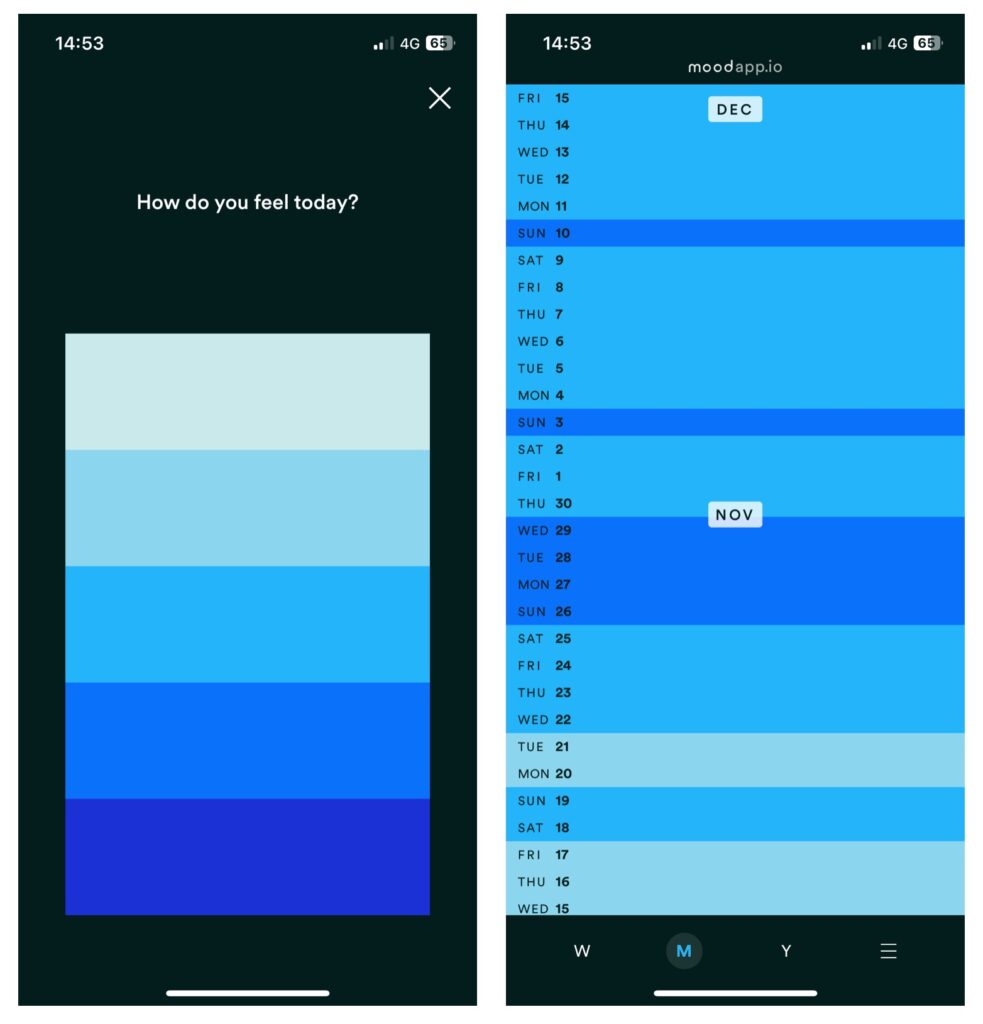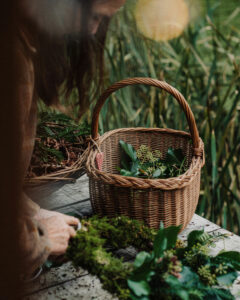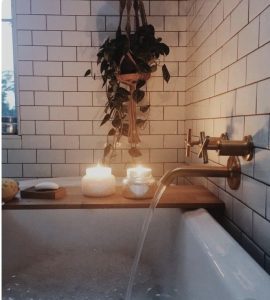Your basket is currently empty!
How do you feel today?
January at Goodwash is all about being kind to yourself. So just before the new year we caught up with Gareth Dauncey. Gareth is an architect, specialising in the reuse of historic buildings and low impact, domestic design. If you have been to the Do Lectures you will have showered in one of his creations.’
But it wasn’t the beauty of his buildings that drew us to Gareth, it was an app he created called quite simply, Mood.
Mood helps you track how you are feeling day by day, month by month helping you to get a real feel for your feelings. It can help warn you when a lower mood has become prolonged or remind you that just right now things are pretty good.
We spent a some time catching up with Gareth, finding out about his mental health story and the thinking behind the app.
How did Mood come about?
We track everything in our lives, but not usually how we feel. Which can be one of the most important things to know when taking care of our mental health.
I’d been struggling for a long time, but despite everything I was doing to help myself, I couldn’t tell if I was getting better or worse. It was like seeing the brush strokes of a painting but not the bigger picture.
So I started to record how I was generally feeling each day in colour. Initially with a calendar and coloured pens and then with Mood, the app I created to make it easy for other people to do the same.
This showed me the real, bigger picture of my mental health and once I could see it, I started to understand what was helping and what wasn’t. I made changes based on what I was learning and could see the effect of those changes over time.
How do you use mood?
Eventually I became myself again, but now I was armed with an early warning system to help me stay that way. A sort of compass for my mental health. One that shows me if I’m going in the right direction, should be taking more self-care, or showing somebody else how I’m doing without the need for words.
It took a long time to get better, which motivates me to help other people avoid ending up in the same place. But I’m also grateful for the experience, as it gave me an intimate understanding of the problem that allowed me to design Mood in a way that would work.
Mood is beautiful to look at why was this so important?
‘One of the aims was to help destigmatise conversations around mental health. If the coloured images were beautiful then it would make it easier for somebody to share how they feel, both privately and publicly. Or even turn their Mood into something like a t-shirt or piece of art. The images also communicate so well and are a perfect fit with the idea of making it as easy as possible to make a once daily entry and build the habit. Which is so important as there were days when I could do little else.
It would then have the best chance of helping other people to help themselves too.
Which is what it’s all about.’

How do we get our hands on the app if we want to try it?
Mood is 100% private – no mood data ever leaves your phone – and can be downloaded from Play and App stores via moodapp.io (30 day free trial on apple) and my podcast: How do you feel today? can be found on Spotify and Apple Podcasts via instagram.com/howdoyoufeeltoday.podcast
Image of Gareth courtesy of Jim Marsden







